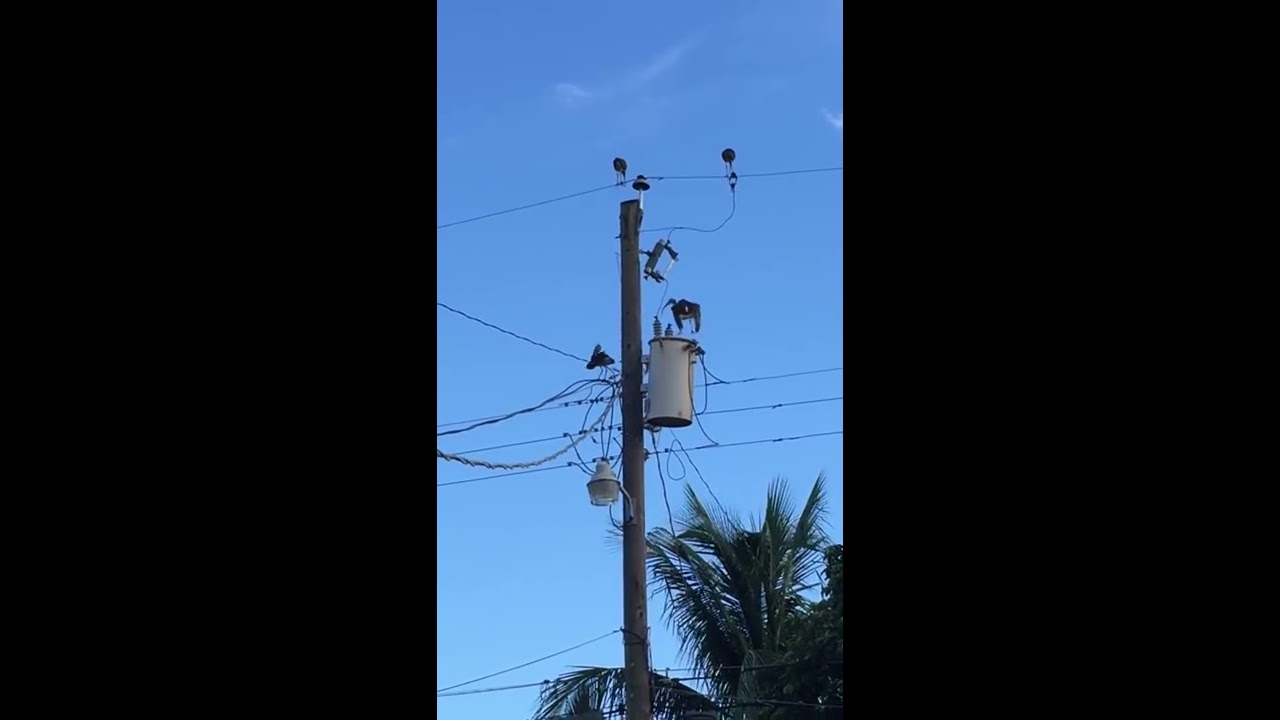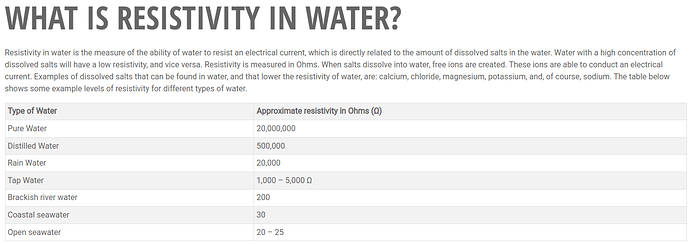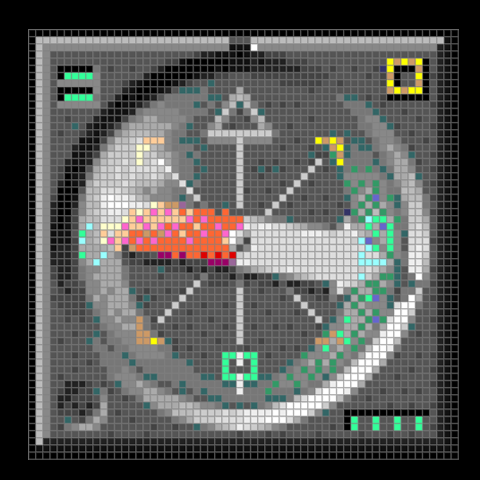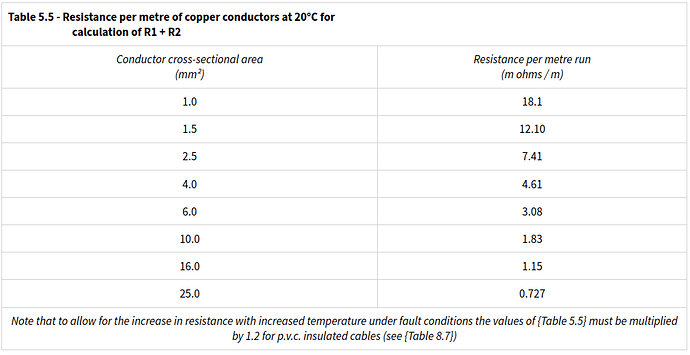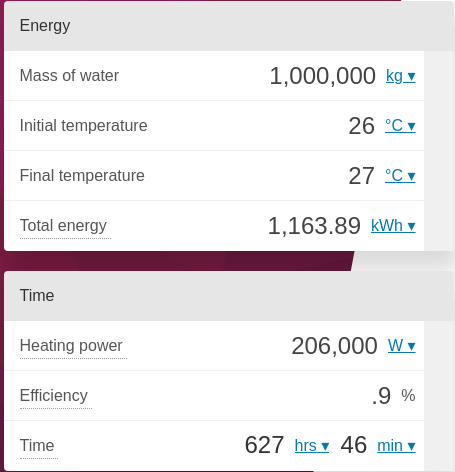Lightning is probably the single event that exposes your earthing issues.
I think one of the biggest misunderstandings about lightning damage to equipment is that it has to get hit by a bolt. For sure a bolt of lightning hitting your installation will damage it. But I think a lot of lightning damage is indirect and can be avoided by understanding lightning better.
Let’s consider what lightning is, and maybe some lesser-known characteristics.
Google tells me that there are +/- 100 lightning strikes a second on planet earth, all day every day. I have no idea if these numbers are correct, or if that includes cloud to cloud bolts.
We’ll mainly deal with strikes down to earth and let’s just say there is a lot of electrical current moving around. Actually, it’s twice as much as the strikes, because the discharges from up there have to be fueled by a charge transfer from down here.
So a bolt of lightning is the equivalent of a pinhole breach in massive capacitor plates. Air is a reasonable insulator, but the heat generated by an electrical arc ionises the air and it becomes very conductive. The arc will then sustain itself until the sky charge has dissipated.
Google tells me that a strike contains 1 billion joules of energy, and again I don’t know if that’s true, but let’s just settle on the scientific unit of ten times a helluva lot.
As a bolt hits the earth its charge is trying to match itself with an equal and opposite charge to reach a lower energy state. That means the current has to travel to/from the area of the other capacitor plate (the earth) and meet somewhere along the way.
So picture the strike point current vast amounts of current are flowing outwards from that point in a half-hemisphere shape. Let’s remember that resistance is inversely proportional to the area of a conductor and at the strike point that half hemisphere is very small. As you get further away from the strike point the area increases rapidly and therefore the resistance decreases rapidly.

This picture is nice as a demonstration, but it is factually wrong it assumes a direct proportionality of volt drop to distance. When in fact the area of a sphere ( and therefore the conductor area) will increase at the distance squared.
Anyway, my point is according to ohms law the voltage drop in the ground close to the strike point will be massive. Enough to breach any practical insulation you may care to use. It is also a very dangerous place to be standing close to.
So what can we do if we can’t stop it? We do the opposite, we help it on its way.
Current wants to get from A to B, and it’ll go through you or any of your equipment to get there if that’s the easiest path. So let’s give it an even easier path and no reason to go anywhere else.
So bear this in mind current wants to travel in the ground. This is why multiple earths that aren’t equipotential are so dangerous. The charge will come up and earth and down another, and if there is an impedance between them there will be a volt drop and power dissipation. That’s what destroys your equipment.
I am inevitably going to be asked about lightning rods. Later, I think you should be able to answer these questions yourself, but at this point, I just want to say they tempt lightning, but they have their place in certain settings, ( They create an umbrella of direct strike protection over thatched roofs for example).
Something else I better slip in is charge concentrates on sharp points, so metal taller than the surroundings and sharp points tempt lightning.
OK, at this point you should be able to conclude that a small contact area to dissipate a bolt is not as safe as a wider area of earth and the lower the resistance the earth is the better. So if you are using earth spikes, using multiple connected earth spikes over an area. Use them in an area that is naturally damp if you can, and the addition of salt can help increase the conductivity of the ground.
We want lightning to get in the ground as directly as possible, we realize it wants to travel but we want it not to go through our equipment. What are its probable routes? Aquifers, cables, railway tracks and your fence.
How many people think their borehole pump got hit by lightning? A borehole pump is a natural weak point that allows entry onto your copper wiring to travel to another earth. Realize this, provide an alternate path use a robust earth cable back to your main earth.
Your fence can be used to your advantage, in a domestic setting it is in effect a large conductor surrounding your property that should encircle it with a ring of equipotentiality.
On the other hand, a fence that is not earthed back to your main earth will be a source of headaches, it is a second earth point, with all those associated problems. Ever wonder why your electric gate or your security camera keeps blowing in thunderstorms?
For any farmers, with really long fences be aware that you can also import current unnecessarily. If it’s out in the field put some form of an insulated break in your remote fences now and again. Be aware of how dangerous gates are in long fences. That is the one place a human is likely to be, electrically bridge one side of a gate to the other.
My next point is also important, albeit a bit technical. Lightning is essentially a DC phenomenon. We have established that once there is an insulation breakdown, it’s like a hole in a dam, the current flow will just make it bigger. We want the current to use the route we choose first.
But lightning also has an AC component, I am specifically referring to the rise time of the current pulse. It’s very fast, but it isn’t instantaneous. This portion approximates a very high-frequency AC and we can use that to our advantage or not acknowledge it and create problems.
The impedance of an inductor is proportional to frequency, and at the initial rise time of the strike that frequency is very, very high so anything that presents any form of inductance at all is not going present as a good current path.
What can present as an inductor? Well, a coil of wire will be an inductor. So the earth cables that you want to use to sink the current straight to the ground should be devoid of extra coils or bends.
Remember, in the previous discussion, I said induced voltages result from an asymmetrical current. Well, a lightning discharge is asymmetrical, which means:
1.) It can induce damaging voltages in your other wiring nearby by its magnetic effect.
2.) Closeby metal or cabling creates an inductance ( read extra impedance) which might mean the lightning doesn’t go down the nice little rabbit hole you’ve prepared for it.
So in addition to having no extra coils and minimum bends, the earth conductors from places that are likely to discharge should avoid other cabling or proximity to metal where possible.
The corollary of this is to use toroidal ferrite cores around your combined + & - PV dc wires coming in from the roof so that becomes a less attractive route.
While I am discussing the rise time of lightning, I believe that convention surge arrestors are too slow to afford any real protection. They will certainly not hurt to have but I recommend using transil diodes as well as the conventional type. These are cheap, can be bi-directional or uni-directional and can be ordered at numerous breakdown voltages. They about a thousand times faster at entering avalanche mode.
They are not necessarily sacrificial either and reseal, but who cares if they save 10K of kit.
A 30kW transil is only about the size of a 2W resistor. I suggest you use 3 transil diodes on your DC busbars, + to earth, - to earth ( unidirectional) & + to - ( bi-directional), rated about 30V higher than your highest working voltage.
I think we’ve covered how to protect yourself as current travels in the earth.
There is something else I haven’t touched on. That is worth bearing in mind.
Before a lightning strike, as the sky builds up a charge, things on the ground underneath do too.
If the cloud is negatively charged, the tall things on the ground will start building up a positive charge. Then the insulation between the sky and earth breakdowns with a strike and the sky charge is neutralized. ( Or perhaps even a cloud to cloud strike).
So, what about those tall things that were charged that didn’t get equalized, the sky is now uncharged and no longer attracting. So those tall things must discharge as well. Not as powerful as lightning, but enough to make a person get a nice tingle when they’re washing the dishes. So you see things can be damaged not just from a direct hit or lightning’s own dissipation in the ground. They can be damaged just by things on your own property discharging theoretically just from a cloud to a cloud strike.
Similar earthing principles apply, so don’t necessarily assume you can’t have issues because you never get struck.
So to conclude, if you use a single electrical earth and it is a good one and if you realize the invisible forces at play, with a bit of common sense you should be able to work out why that troublesome piece of equipment keeps getting fried.
Watch that you don’t create unnecessary inductances in your earth cabling. Realize the roles that things like boreholes, roofs, plumbing and fences play as automatically presenting as second electrical earth.
Observe the regulations, and when in doubt it is better to earth ( to a single earth, I can’t stress that enough), than not.
Don’t try to stop lightning, but try to understand it and guide it.
